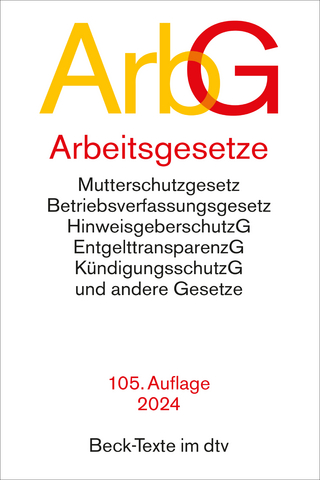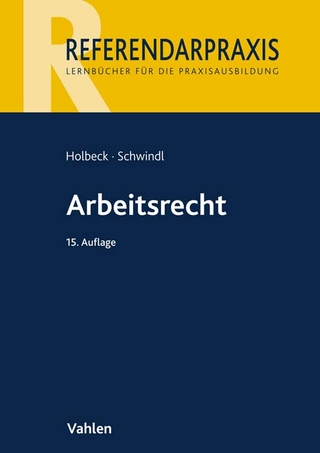
Migrating to opportunity
World Bank Publications (Verlag)
978-1-4648-1106-7 (ISBN)
The movement of people in Southeast Asia is an issue of increasing importance. Countries of the Association of Southeast Asian Nations (ASEAN) are now the origin of 8 percent of the world's migrants. These countries host only 4 percent of the world's migrants but intra-regional migration has turned Malaysia, Singapore, and Thailand into regional migration hubs that are home to 6.5 million ASEAN migrants. However, significant international and domestic labor mobility costs limit the ability of workers to change firms, sectors, and geographies in ASEAN. This report takes an innovative approach to estimate the costs for workers to migrate internationally. Singapore and Malaysia have the lowest international labor mobility costs in ASEAN while workers migrating to Myanmar and Vietnam have the highest costs. Singapore and Malaysia's more developed migration systems are a key reason for their lower labor mobility costs. How easily workers can move to take advantage of new opportunities is important in determining how they fare under the increased economic integration planned for ASEAN. To study this question, the report simulates how worker welfare is affected by enhanced trade integration under different scenarios of labor mobility costs. Region-wide, worker welfare would be 14 percent higher if barriers to mobility were reduced for skilled workers, and an additional 29 percent if barriers to mobility were lowered for all workers. Weaknesses in migration systems increase international labor mobility costs, but policy reforms can help. Destination countries should work toward systems that are responsive to economic needs and consistent with domestic policies. Sending countries should balance protections for migrant workers with the needs of economic development.
The World Bank came into formal existence in 1945 following the international ratification of the Bretton Woods agreements. It is a vital source of financial and technical assistance to developing countries around the world. The organization's activities are focused on education, health, agriculture and rural development, environmental protection, establishing and enforcing regulations, infrastructure development, governance and legal institutions development. The World Bank is made up of two unique development institutions owned by its 185 Member Countries. The International Bank for Reconstruction and Development (IBRD) focuses on middle income and creditworthy poor countries and the International Development Association (IDA), which focuses on the poorest countries in the world.
| Erscheinungsdatum | 31.01.2018 |
|---|---|
| Zusatzinfo | col. figs, tables |
| Verlagsort | Washington |
| Sprache | englisch |
| Themenwelt | Recht / Steuern ► Arbeits- / Sozialrecht ► Arbeitsrecht |
| Recht / Steuern ► EU / Internationales Recht | |
| Wirtschaft ► Volkswirtschaftslehre | |
| ISBN-10 | 1-4648-1106-7 / 1464811067 |
| ISBN-13 | 978-1-4648-1106-7 / 9781464811067 |
| Zustand | Neuware |
| Haben Sie eine Frage zum Produkt? |
aus dem Bereich


